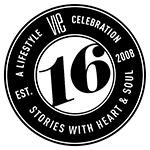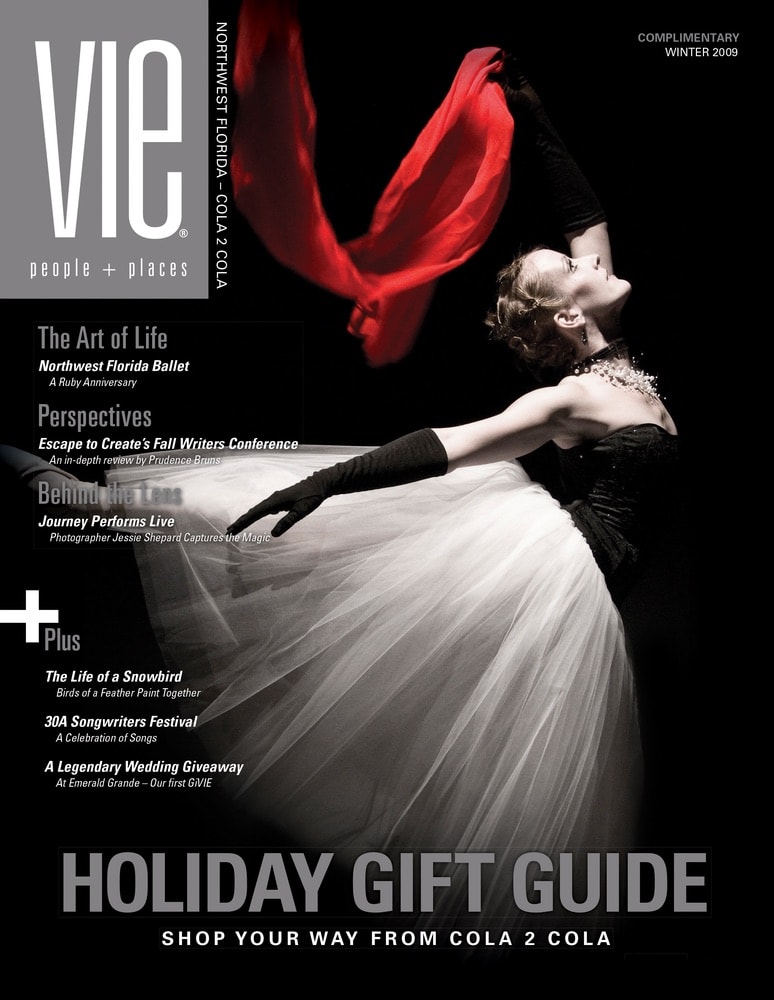
vie-magazine-fenway-park
Take Me Out to the Ball Game
By Tom Duffey
Baseball is America’s favorite pastime. There is something about baseball, and the parks where it is played, that evokes childhood memories of summers past—your father playing catch with you or taking you on your first trip to a major league ballpark and that great catch you made or home run you hit way back in Little League or high school.
Boston is a city that is closely linked with American history. This nation owes a great debt to this unique city on the banks of the Charles River, for it was instrumental in giving birth to and nurturing a young democracy that has grown into the world’s lone superpower. You can walk the Freedom Trail and see some of the American Revolution’s most important sites: Faneuil Hall, where Samuel Adams and his fellow revolutionaries discussed their ideas and plotted and planned, thus giving Faneuil Hall the nickname “Cradle of Liberty”; South Meeting House, where the Boston Massacre occurred; the Boston Tea Party Ship; the USS Constitution, the United States Navy’s oldest commissioned war vessel and Bunker Hill, where, in the heat of battle, that famous line was uttered, “Don’t shoot until you see the whites of their eyes!”
While those sites are important and worth a visit to Boston, there is another historic site in the city that visitors from throughout the country, indeed the world, come to see: Fenway Park, the oldest Major League Baseball stadium in the country. Fenway Park opened on April 20, 1912, six days after the Titanic went down, and it is the granddaddy of them all. A visit to Fenway is a glimpse into a bygone era. When you climb one of the tunnel ramps and approach the field, a sense of excitement and anticipation comes over you, and your heart begins to beat just a bit faster. When you enter the sunlight and get your first glimpse of that expanse of green, well-manicured natural grass and the towering left field wall—the “Green Monster”—you have arrived in baseball nirvana.

You almost expect to see Tris Speaker roaming center field, tracking a fly ball in his drab and baggy wool uniform, with a small leather glove and plain black spikes. Or a young and somewhat slender Babe Ruth on the mound, hurling many a scoreless inning and instilling fear in opposing batters, not yet known for prodigious home runs (he only hit 49 of his 714 during his six years with the Red Sox). Most of his home runs would come after he was traded to the archrival New York Yankees in 1920, in the infamous trade that cursed Fenway Park and the Boston Red Sox for 86 years, until the “Curse of the Bambino” was lifted when the Sox won the World Series in 2004. But that’s another story.
Fenway Park is no cookie-cutter stadium with the boring and predictable dimensions typical of most ballparks. You know the type—335 feet down the left and right field lines, 375 feet in the power alleys and 410 feet in dead center. The playing field at Fenway is decidedly asymmetrical: 310 feet down the left field line and 379 in left center and 390 in dead center and 420 feet just right of dead center, where the wall then takes an abrupt turn back toward home plate, creating an area known as “The Triangle.” If a ball is hit to this area and caroms off the wall at the correct angle, you can see that rarest and most exciting of baseball plays: the inside-the-park home run. The wall then meanders to the right field line, where it is 380 feet in deep right center, and, then, curves toward home plate as you near the foul pole, making it a short 302 feet down the right field line. If you see an aerial view of the playing field, it cannot be recognized as any sort of geometric shape known to mankind, which only adds to Fenway’s charm and quirkiness.

The hitter is faced by Fenway’s most notable feature, the aforementioned 37-foot-high, 231-foot-long wall known around the world as the Green Monster. The wall is so close to home plate, it looks as though a routine fly ball, the proverbial “can of corn,” would clear it. Every guy who has ever played high school baseball thinks, upon seeing this wall, “I could put one over that!” But what the wall giveth, it can just as easily taketh away. A screaming line drive that hits the top third of the wall, which would most likely be a home run in many other parks, often results in a single due to its proximity to home plate. Or there is a good chance the batter will be thrown out at second trying to stretch the hit into a double for the very same reason. Before the 2003 season, seats were added to the top of the Green Monster, and these quickly became the most desirable seats in the park, if not in all of Major League Baseball.
Game day at Fenway Park is an event not to be missed. The stadium is a neighborhood stadium, built in the Fenway section of Boston near Kenmore Square and Boston University. The stadium is no behemoth; it does not rise in the distance like some huge alien spacecraft, begging you to take notice of it. Instead, it is an integral part of the neighborhood, its brick façade blending imperceptibly with the architecture of the surrounding buildings. If you did not know of its existence, and were walking or shopping in Kenmore Square, and you meandered down Yawkey Way, you might ask yourself, “What is this interesting brick building?” Then, upon realizing what it is, you might say with surprise, “Oh, wow. This is Fenway Park!” Even Roger Clemens, upon his first visit to Fenway in 1984, did not recognize it as a baseball stadium. When a cab driver took him from Boston’s Logan Airport to Fenway, Clemens thought the driver had made a mistake and told him, “No, Fenway Park, it’s a baseball stadium . . . this is a warehouse.” The cabbie then pointed out the light towers, and only then did Clemens realize he had indeed arrived at Fenway.

The streets surrounding the park are closed a few hours before game time, and the street vendors set up shop selling hot dogs, sausages, pretzels and peanuts. The barking of the competing vendors provides its own unique rhythm to the street and adds to the building anticipation of game time. The crowd arrives early to stroll the adjacent streets and catch batting practice. These are serious baseball fans—the bulk of them will be in their seats the full nine innings no matter what the score, no matter whether the Sox are winning or losing. Only out-of-towners and “pink hats”—those patrons who wear pink or other uniquely colored Red Sox hats, and not the traditional blue with the red letter “B” worn by the players—have the audacity to leave before the game is finished. This is not L.A. While other stadiums blare rap music or heavy metal in an effort to pump up the crowd, the Fenway faithful are serenaded by Neil Diamond’s “Sweet Caroline.” Not exactly music to get a crowd excited, but at Fenway, there is no need for extraneous stimuli to keep the crowd up—the ballpark and the game on the field are enough.
In 2007, the Today Show named Fenway Park (along with Chicago’s Wrigley Field) one of the “Top Ten Most Beautiful Places in America.” Not bad considering the list included the Grand Canyon, Hawaii and Arlington National Cemetery.
If you want to visit Fenway Park, make sure you plan ahead and buy tickets in advance because they are hard to come by. On September 8, 2008, the Boston Red Sox played in their 456th consecutive sellout at Fenway—a Major League Baseball record. The streak began on May 15, 2003, and looks to continue. A total of 16,336,192 baseball fans have attended games at Fenway Park during the streak.
Make sure to visit Fenway Park at some point in your lifetime to get a glimpse of baseball history. While in Boston, you may also want to see some of the Revolutionary War sites on the Freedom Trail—but only after you’ve gotten your fill of baseball at Fenway.
— V —
Tom Duffey is an attorney with Keane, Klein & Duffey in Boston, Massachusetts, and a part-time freelance sports writer.
Share This Story!
KEEP UP WITH THE LATEST STORIES FROM VIE


































































































































